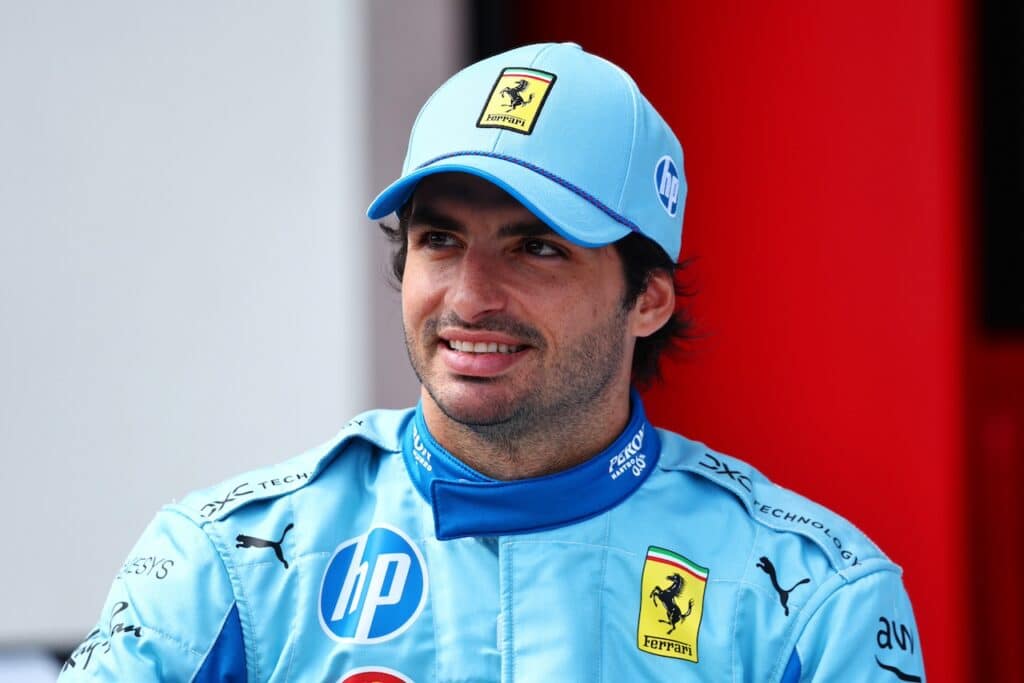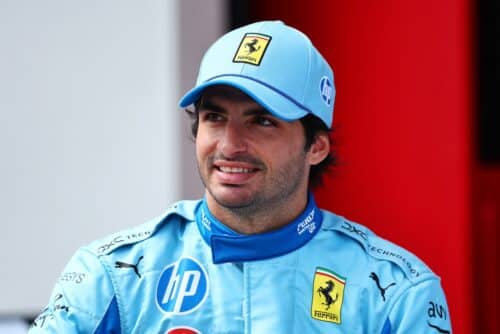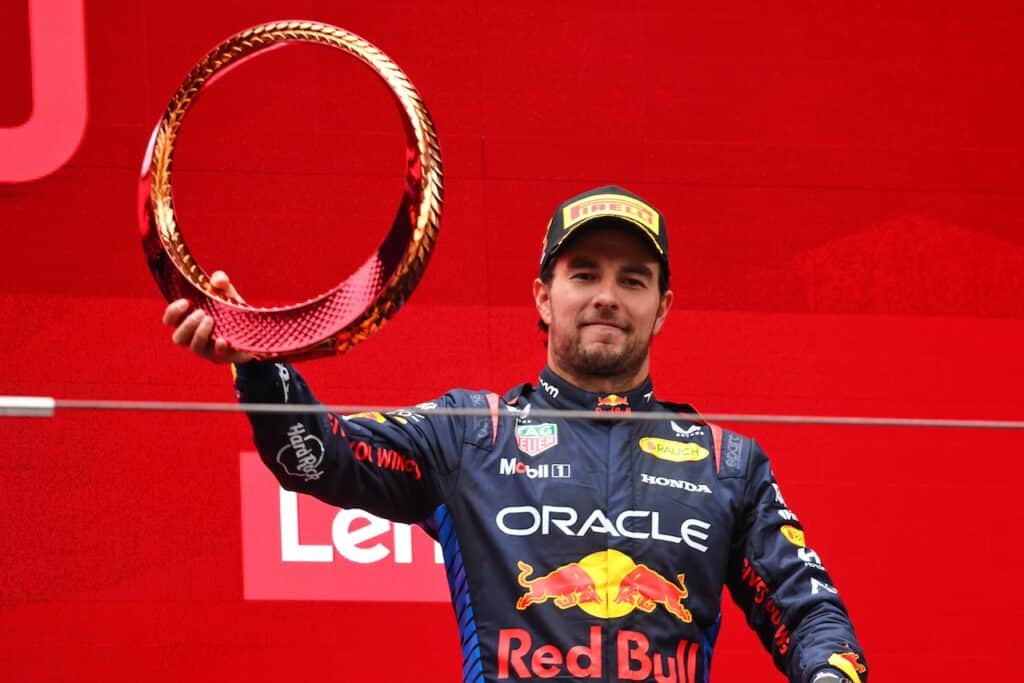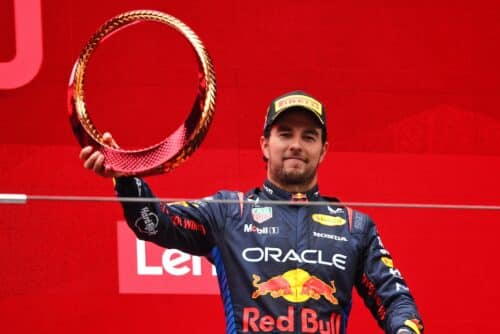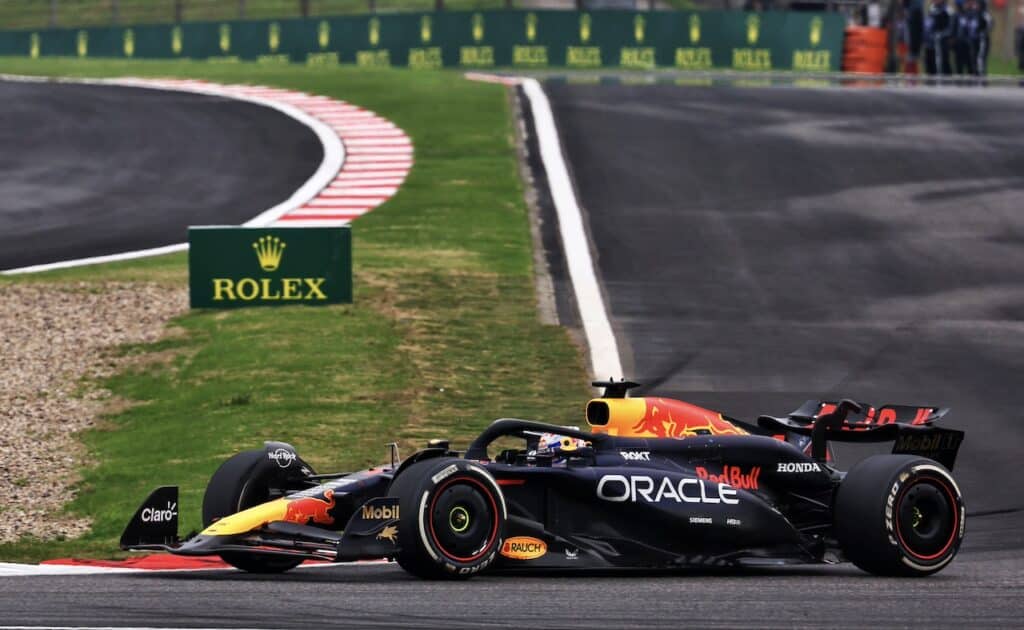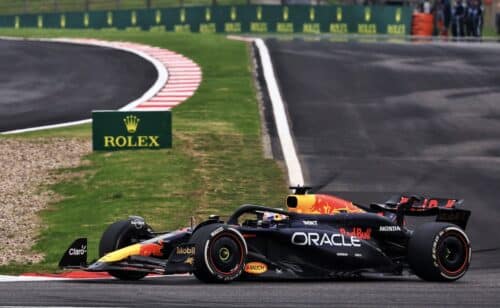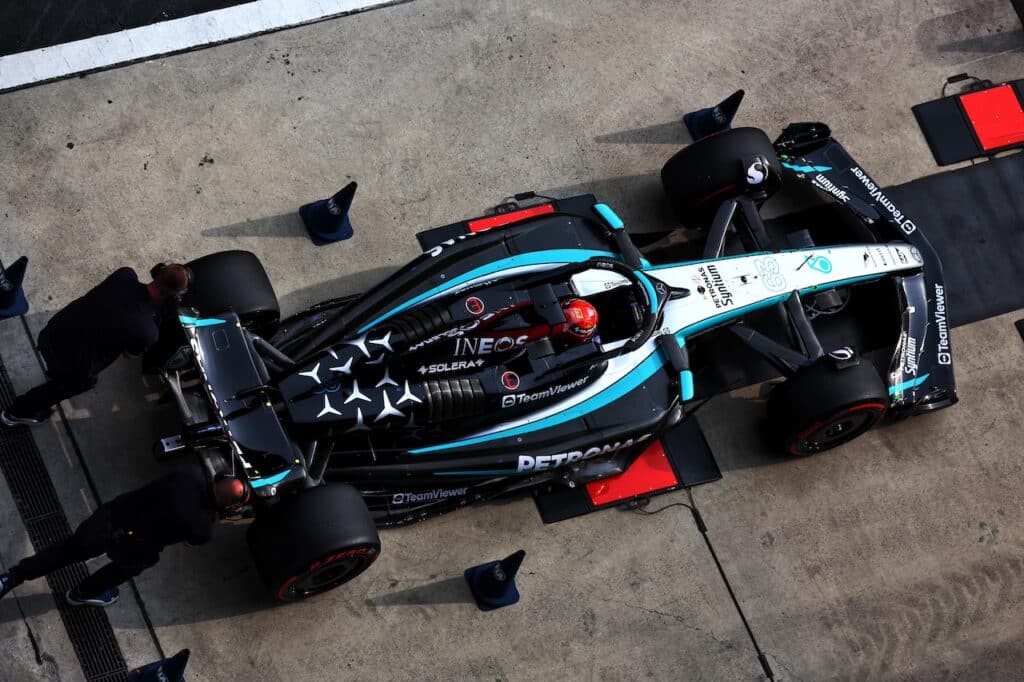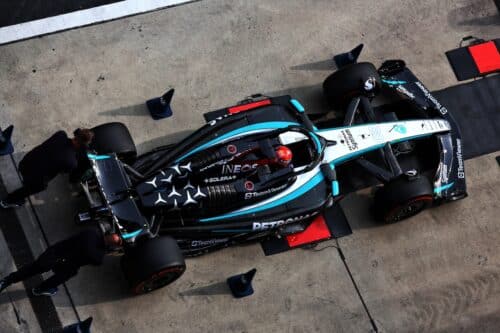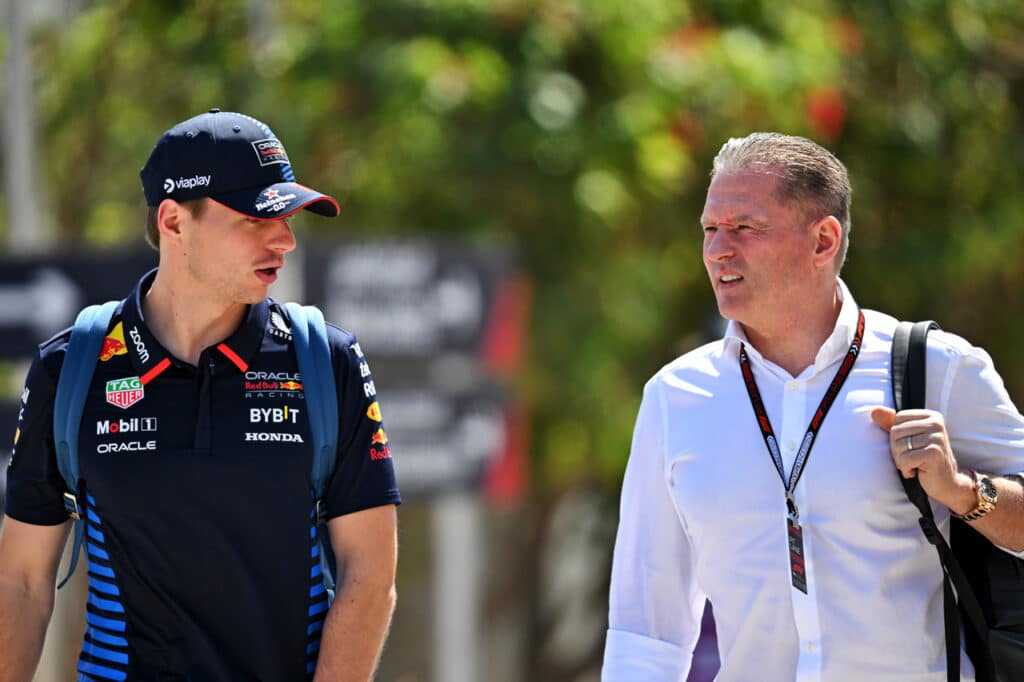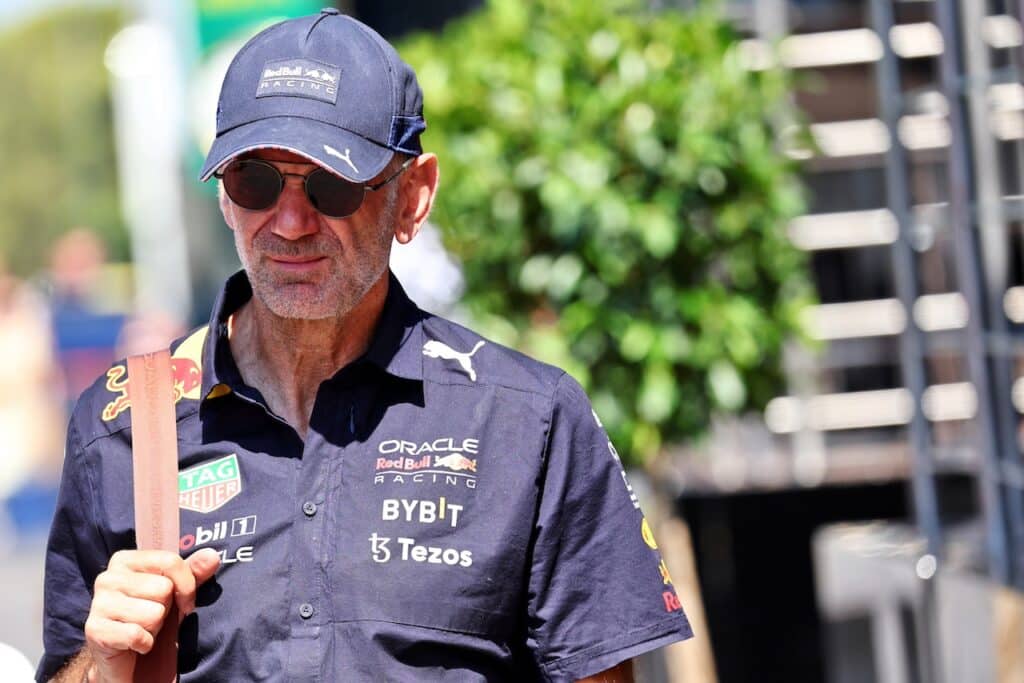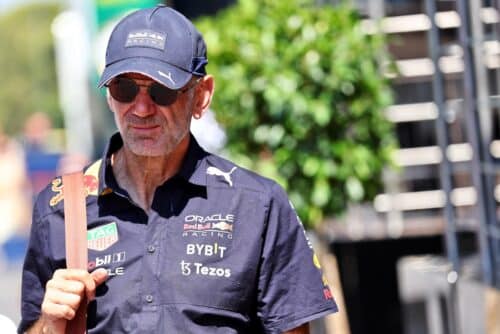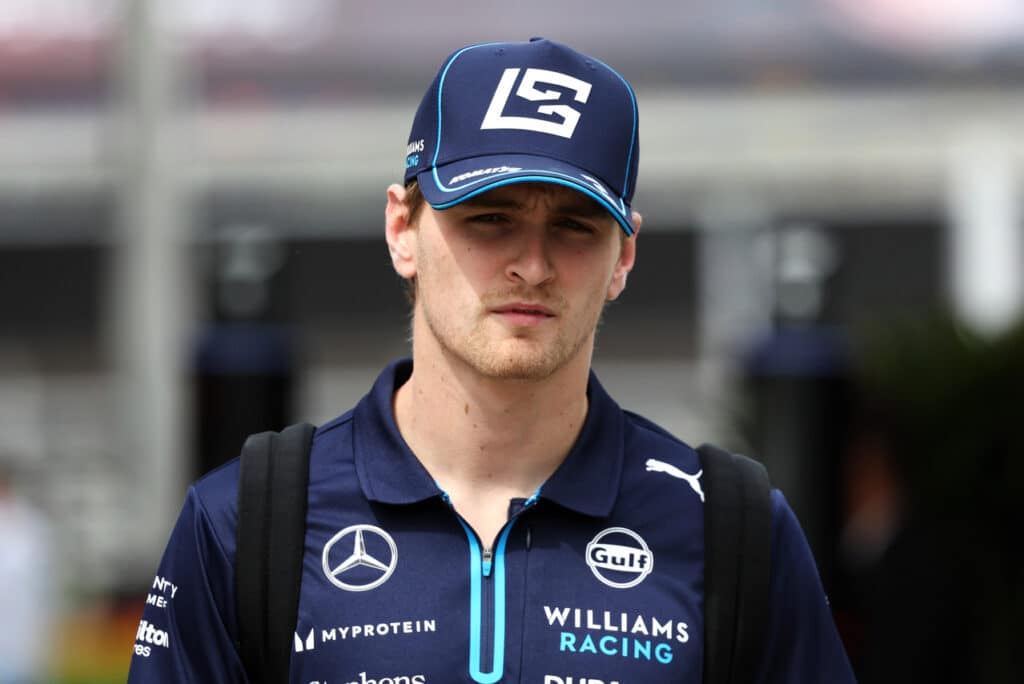Ferrari: Technical analysis by Rob Smedley on the Monaco GP
"Mechanical grip counts a lot and there are practically no fast corners, only slow ones"
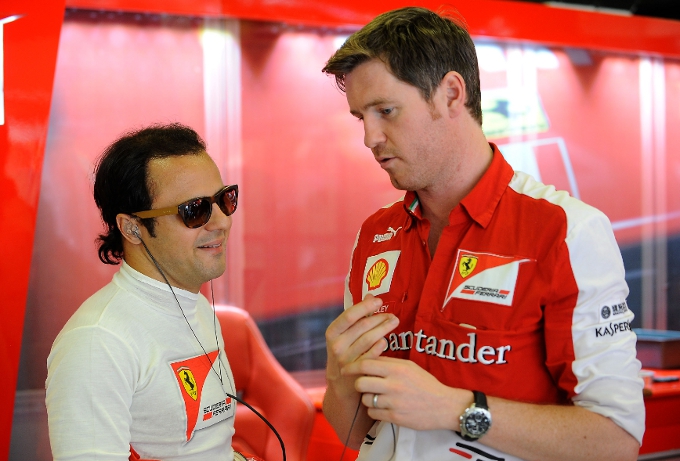
Rob smedley – Monaco is a track that makes history in itself in the Formula 1 World Championship calendar, not only for the drivers but also for the cars. There isn't a lap where you don't go to the limit, looking for that hundredth of a second in every corner that, at the end of the lap, can't make a difference. Everything is taken to the extreme in driving and even the settings of the single-seater are very particular, so much so that some are not repeated in any other world championship circuit.
“We always ask the riders to come close to touching the barriers as much as possible because that's how time is made” – explains Rob Smedley, Felipe Massa's track engineer for many years now – “Once I went with a colleague of mine to the entrance of the swimming pools to follow a support race for the smaller formulas: well, when we saw how close they passed the guardrail at a speed above 200 km/h then we said to ourselves that perhaps it was time to have more respect for the drivers!”
With decades of experience in Formula 1 despite not having yet reached the age of forty, Rob knows the secrets of how to best set up a single-seater on the streets of the Principality. “You need to have a very good front to best tackle the many slow curves” – he explains to www.ferrari.com – “At the same time, you have to take into account the undulations, curbs and bumps: the car bounces a lot and, therefore, The braking and acceleration phases must be carefully attended to".
“Mechanical grip matters a lot and there are practically no fast corners but only slow ones, some of them very narrow, like the Loews hairpin” – continues Rob – “From an aerodynamic point of view we therefore look for the configuration with maximum load, without spend too much time thinking about resistance to progress: it's an inefficient choice on paper but that's how it works here. From the point of view of weight distribution we try to go as much as possible towards the rear, which must be very rigid and coupled with a soft front to reduce understeer in slow corners".
Like all street circuits, the level of grip offered by the asphalt is very low at the start of the weekend. This factor, combined with the necessary period of re-adaptation of the pilots to such a particular track, always makes it very difficult to truly understand the effect that a change in set-up can have. “The evolution of the track is very significant as rubber is deposited on the asphalt from Thursday to Sunday and it often happens that it masks the result of the changes” – adds the English engineer – “Then there is the trust factor: little by little as a driver goes around he understands more and more where the limit he can push is: ultimately, this is one of the factors that earns more lap time!”
if you want to always be updated on our news
Follow us here
